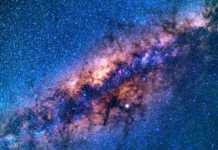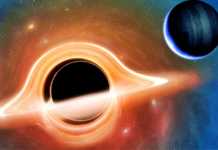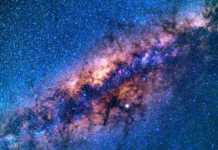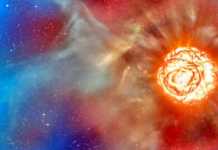Milky way has an extremely important discovery made by the researchers who very carefully analyze the galaxy we are part of, and in the video clip above you can see part of what is happening. ESA, the European Space Agency, used the Gaia mission to discover why the Milky Way galaxy is so curved, also explaining a 5-decade-old theory of researchers from all over the world.
Milky way it has a very large distortion in its outer disk, and based on the new information obtained by the researchers, it seems that this came from a collision with a nearby dwarf galaxy. This collision took place somewhere around the beginning of the existence of the Milky Way galaxy, so we are talking about something that has existed there for billions of years, but only now researchers could see everything more clearly thanks to the Gaia probe, which was sent by ESA into the universe.
Milky Way: AMAZING announcement, what was observed recently (VIDEO)
Milky way it has hundreds of billions of stars in its outer disk, and it is curved up on one side, and down on the other, and thanks to the Gaia space probe came the explanation regarding the collision with another galaxy. Moreover, it seems that these curvatures of the outer disk of the Milky Way change their orientation over time, the researchers calling this phenomenon "precession", and the speed with which the curvature rotates is much higher than thought.
"Data from ESA's Gaia star observatory satellite shows that the distorted galactic disk of the Milky Way precesses, or curves, similar to the motion of a spinning top. The warp moves around the center of the Milky Way faster than previously expected, completing one rotation in 600 to 700 million years. However, it is still slower than the speed at which the disc's stars orbit the galactic center. Our parent star, the Sun (shown in the animation as a small yellow dot), for example, completes one orbit in only 220 million years."
Milky way it has not yet discovered the galaxy that collided with it and generated the curvature for its disc, but also when this phenomenon began that stretched over a long period of time. Researchers believe that the Sagittarius galaxy would have hit the Milky Way not once, but several times over time, but Gaia will probably help them in time to discover more information about what happened in reality.
Milky way it is the "home" for many stars and planets, but researchers are still very far from finding out all the information related to it, and they still have a lot to analyze.
















